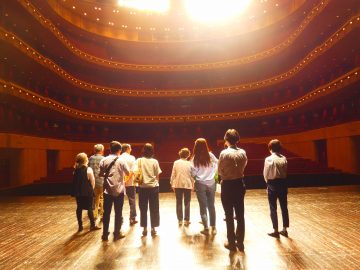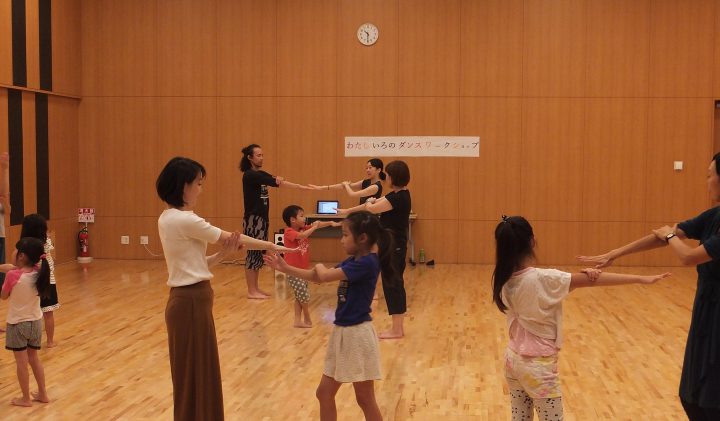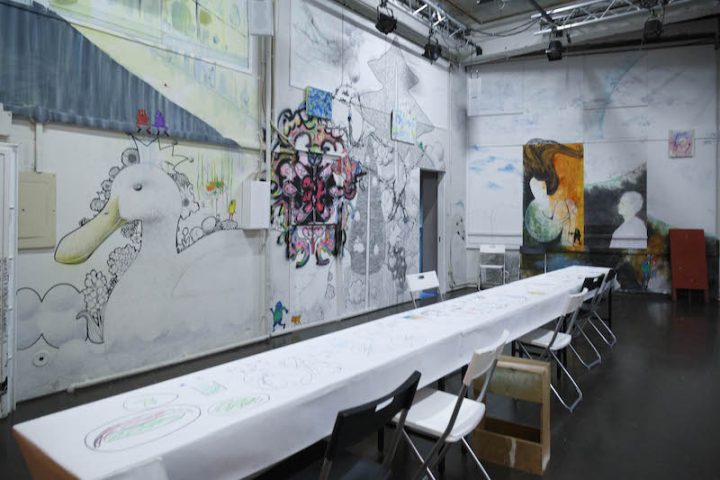Governor Kuroiwa of Kanagawa Prefecture x Director Shirai x Ambassador Yagi "Kanagawa Magcul Talk! (Part 1)"
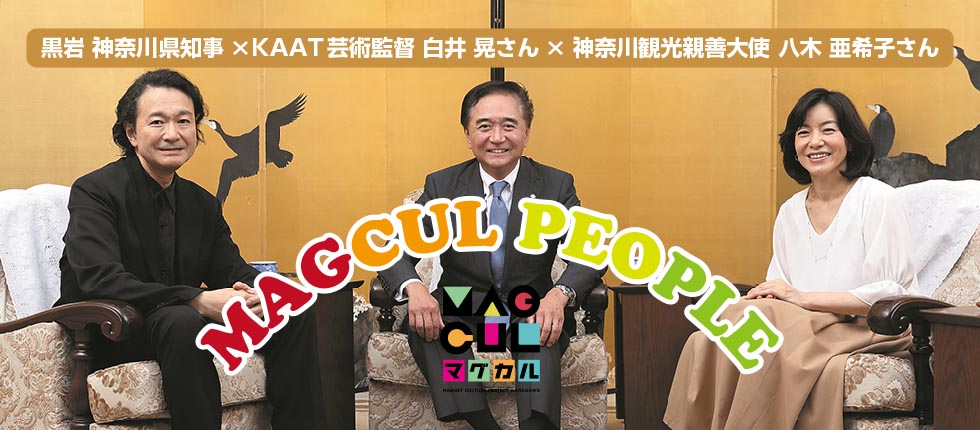
Ambassador Yagi: Now that you are the Governor, what do you feel is the appeal of Kanagawa Prefecture?
Governor Kuroiwa: In the past, for example, after drinking in Tokyo, you might go to Yokohama. Kanagawa had a certain kind of lively culture that was unique to Yokohama. There was something exotic about it. I think that this has been weakening in Kanagawa recently. "Magcul" is the desire to make Kanagawa such a place again. Magnet culture, attracting people through the power of culture and the arts.
Ambassador Yagi: Culture and the arts include food culture, but also Broadway, where people go there just to see musicals. You want to create that kind of attraction. Mr. Shirai, what do you think?
Director Shirai: As the governor said, I felt the same about KAAT (Kanagawa Arts Theatre). KAAT is in its seventh year since it opened. Over the past seven years, the place has gradually become more well-known, and I want to spread that recognition even further. It's a theater near Chinatown, but I have a dream that the area around KAAT will continue to expand.
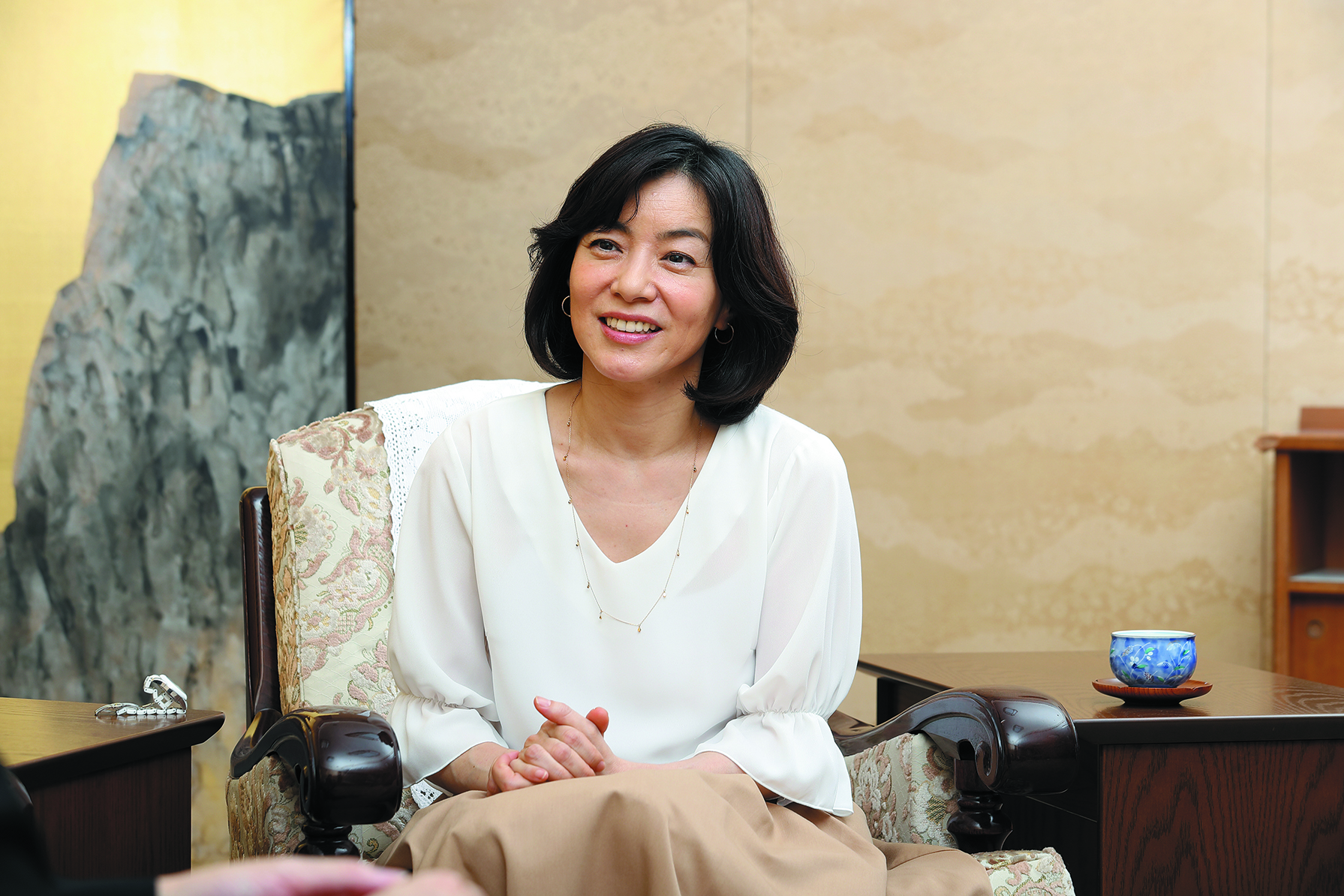
Ambassador Yagi
Ambassador Yagi: What exactly does an artistic director do?
Director Shirai: My role is to act as the artistic leader and set the direction for what kind of programs we should put together at KAAT and what our vision for running this art theater should be.
Ambassador Yagi: The type of play that will be performed will determine the individuality. Each theater has its own individuality. At the Shinbashi Enbujo Theater, at the Kinokuniya Hall, you can see a certain type of play, so we create an individuality that immediately comes to mind.
Director Shirai: I want to create something artistic and cutting-edge that is hard to see or touch in Tokyo. I want to present a performance that can only be seen at KAAT.
Ambassador Yagi: Is there anything that you have worked on so far that you think will become the direction of KAAT in the future?
Director Shirai: Recently we performed a 120-year-old work called "Spring Awakening," and we also performed "The Rise and Fall of the City of Mahogany" by Brecht, a master of 20th century theater, for which we created a stage that was 60 meters deep.
Governor Kuroiwa: I want Mr. Shirai to do what he likes. A magnet is someone who comes to see something interesting, thinking, "If I go there, I'm sure Mr. Shirai is doing something interesting." I think that's the power of an artistic director.
Director Shirai: We plan to have young and mid-career theater companies, centered around KAAT, create works that can only be performed here.
Ambassador Yagi: Mr. Kuroiwa's idea of a "magnet culture" is not something that is created by adding various things to a place to make it look like Kanagawa, but rather something that creates a chemical reaction between people doing their own things.
Governor Kuroiwa: Yes, that's right. So I think it's all about the people. LaSalle Ishii also created an original musical called "Heads Up!" at KAAT.
Ambassador Yagi: I saw it. It was fun.
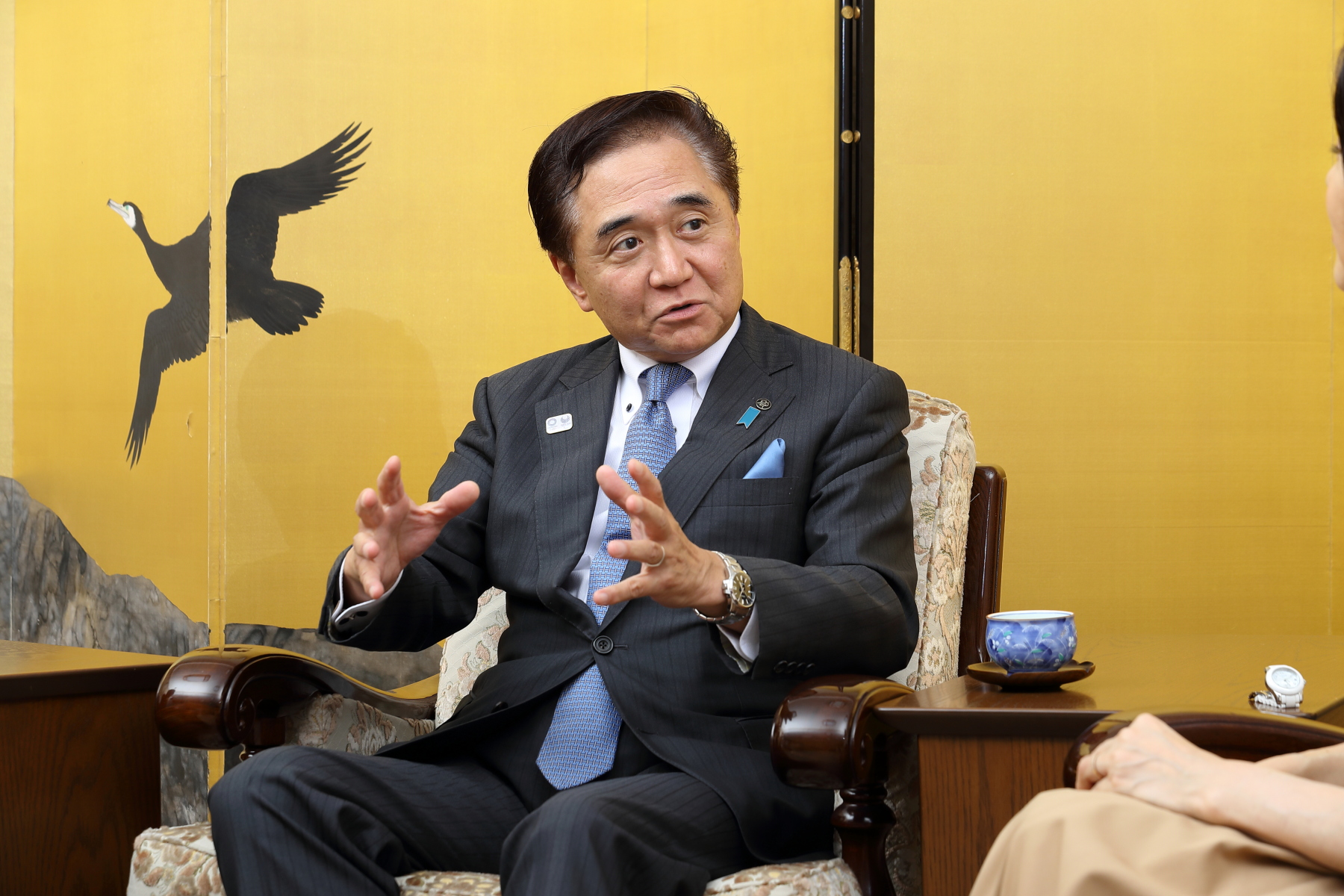
Governor Kuroiwa
Governor Kuroiwa: This work was born at KAAT in Kanagawa Prefecture. Shirai-san has his own style, and LaSalle Ishii-san has his own style. There is also a great director named Yokouchi Kensuke who has been working in Kanagawa for a long time. It's like various people competing with each other, bringing out their own colors, and they're all shining in various ways. We are aiming to create something that makes people think, "There's something interesting to see in Kanagawa." The Rugby World Cup final will be held in Kanagawa in 2019. In 2020, the sailing competition will be held in Kanagawa at the Tokyo Olympics. At that time, we are trying to create a "cultural program" for visitors from all over the world to experience as a whole country. Kanagawa will also take this opportunity to send out many cultural programs that are unique to Kanagawa. In the midst of this, we will create a concrete stage axis for Kanagawa. And then, the so-called classics, right? We'll also arrange traditional performing arts a little.
Ambassador Yagi: Classic.
Governor Kuroiwa: Yes, Re-classics. It's something that's a little easier to read and arranged in a modern style. You can touch on the classics while looking at them as something new. If we can unearth such things and make the information available, everyone will go there. I want to create that kind of flow as a whole. I want to aim for something that makes people think, "There's something interesting in Kanagawa," or, "If you go there, you don't know what it is, but there's something interesting."
Ambassador Yagi: Are there any projects within KAAT that have 2019 in mind?
Director Shirai: It was around the time of the World Cup. We are currently discussing with the entire theater what to do in 2019.
Governor Kuroiwa: What's interesting is that KAAT has not only a stage, but also something that is integrated with art. There is a room that uses a unique piece of art, a room that is made of only red thread hanging throughout the room.
Director Shirai: Contemporary art is usually performed in a white box exhibition hall, but I deliberately placed it inside the black box of a theater, and tried to place the work within the theater space.
Ambassador Yagi: Contemporary art using theater.
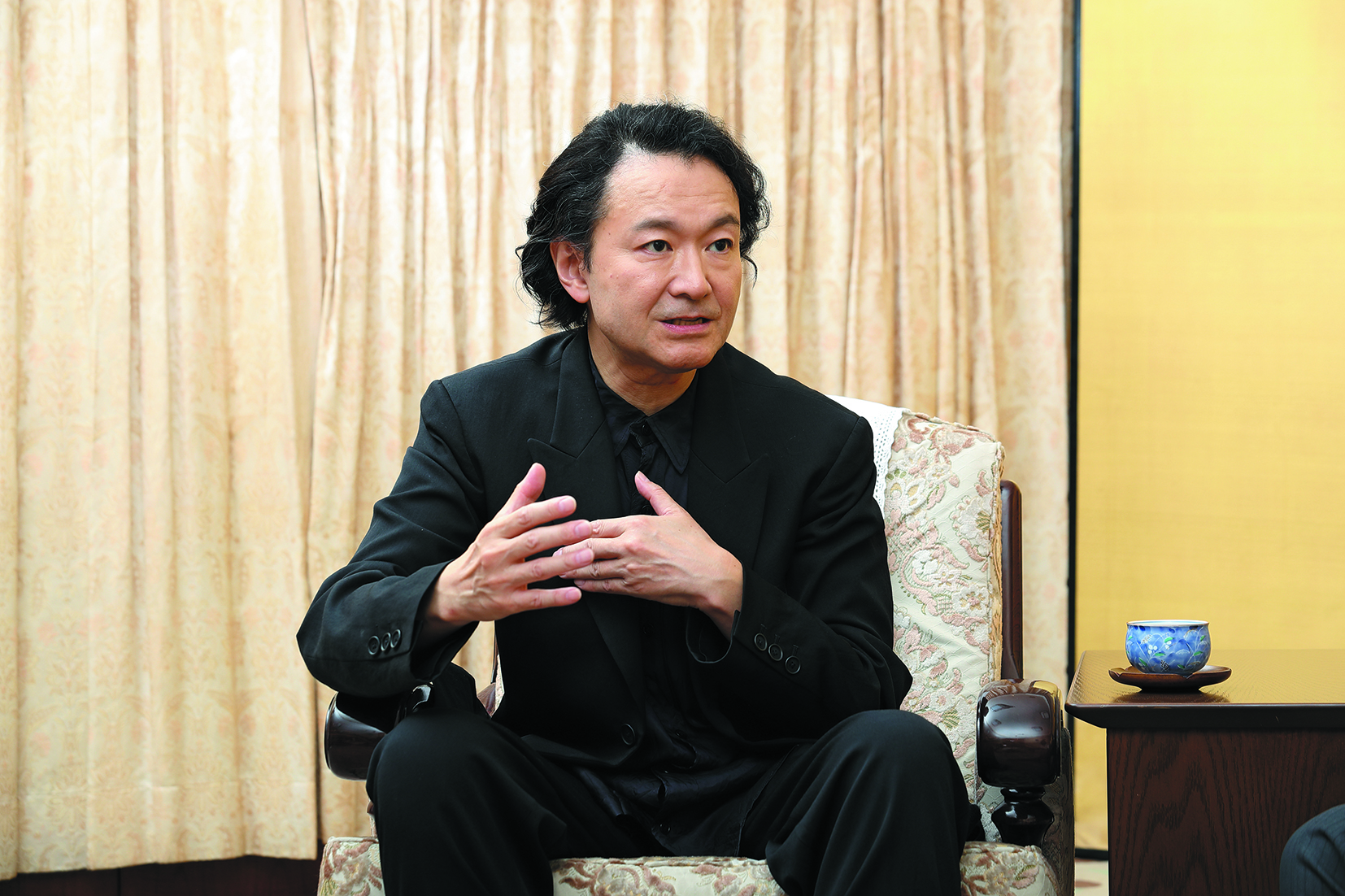
Director Shirai
Director Shirai: We will fill the entire room with the works of contemporary artist Shiota Chiharu, and have dancers come in and perform in that art. We are also trying to fuse contemporary art with other arts by having musicians perform. We did one this year, and we are planning to do it in a different form next year. Before the era when you could see anything on the Internet, people would go out of their way to come to the theater to enjoy the show, but with the development of media, we are now in an era where you can see all kinds of things in your hands. Despite this, I think the best part of theater is that people go out of their way to go to the theater and gather at a set time to watch. That's why you can experience something, come into contact with a work of art, feel uplifted, or have a different emotion than usual arise in you. I think the special feature of theater is that you go to the place and feel it in person, so we are trying to create something that can feel that way from various angles. (Continued in the second part)

